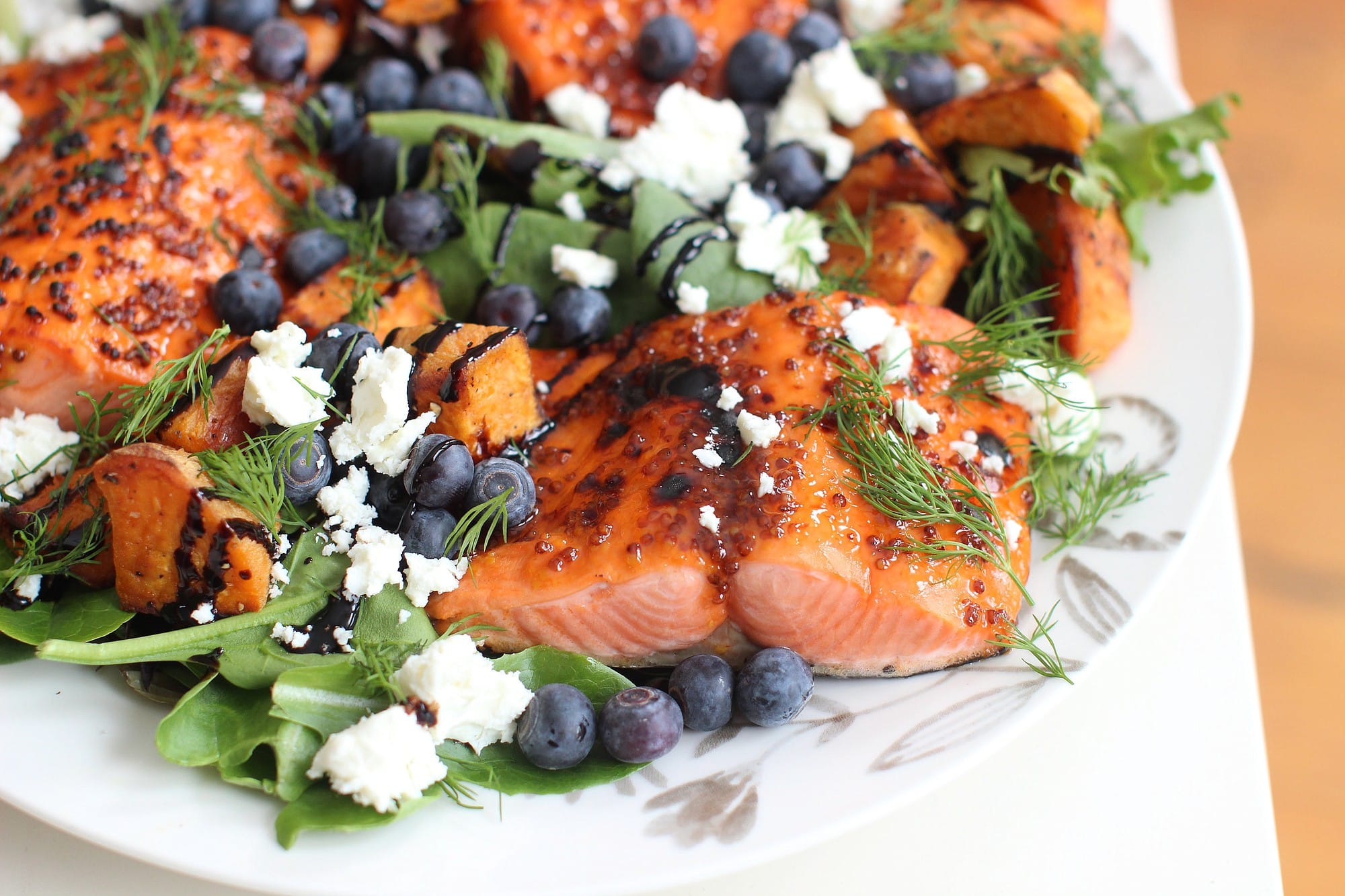Sockeye, also called red salmon, is known for its distinct, bright red flesh that retains its color even once cooked. It is prized for its firm, fatty meat, and its pronounced, yet versatile flavor. Though less buttery than king, many chefs say sockeye stars on the plate just as easily.
“It’s gorgeous. It’s beautiful,” says Anita Lo, owner and executive chef of New York’s Annisa restaurant. “And it’s meatier.”
Sockeye takes well to added butter and other fats, chefs say, as well as to flavorful seasonings.
Sockeye is eaten for both its meat and for its roe, which is used as salmon caviar for sushi. Nearly all of the country’s sockeye comes from Alaska, according to the National Oceanic and Atmospheric Administration, with the world’s largest harvest landing at Bristol Bay in the southwestern part of the state. Sockeye’s color and texture make it ideal for canning, but today more than half of the annual catch is sold fresh or frozen.



